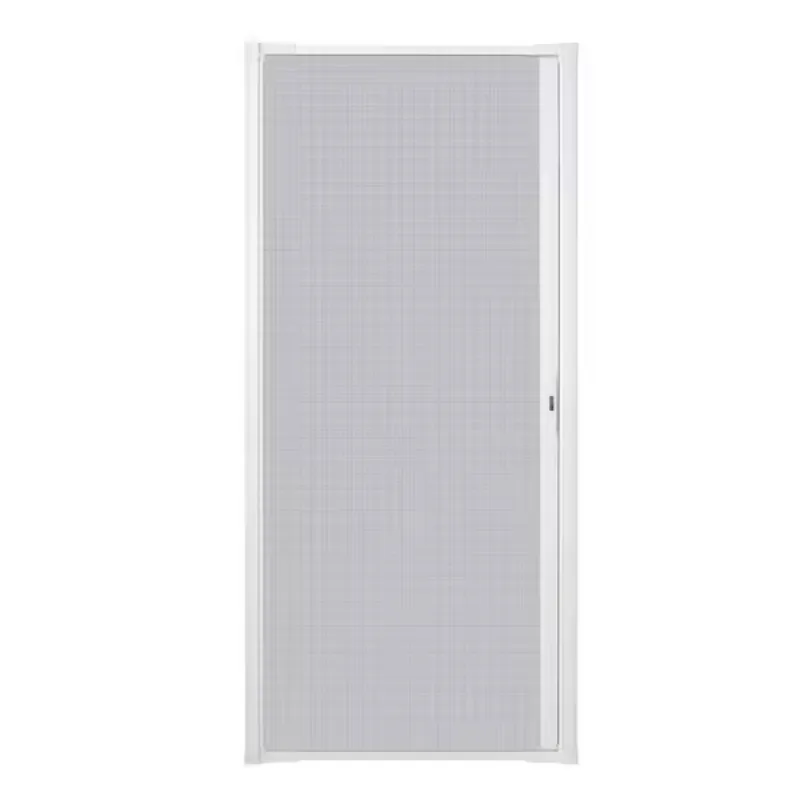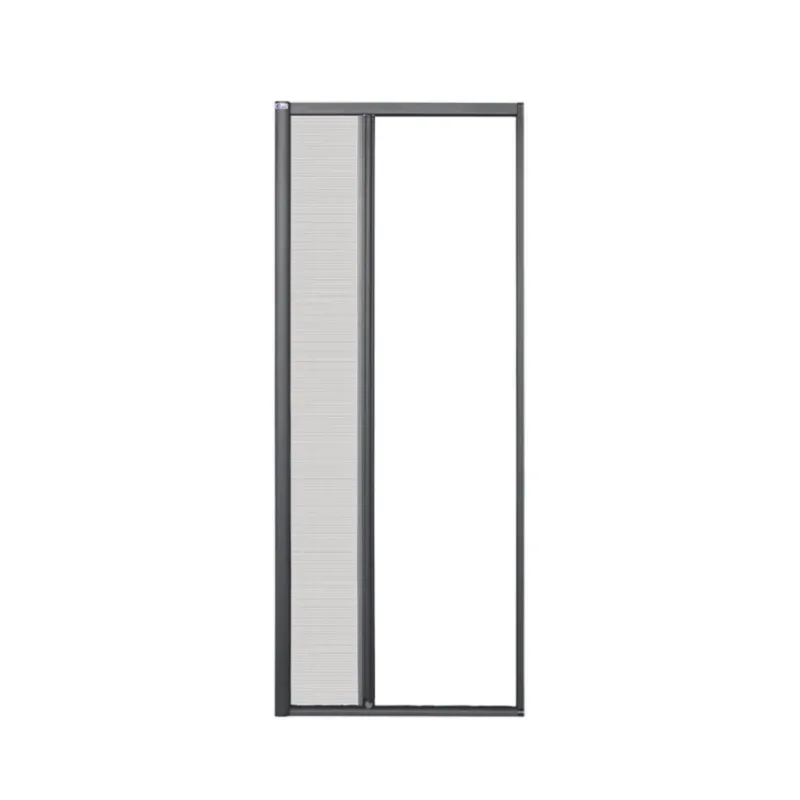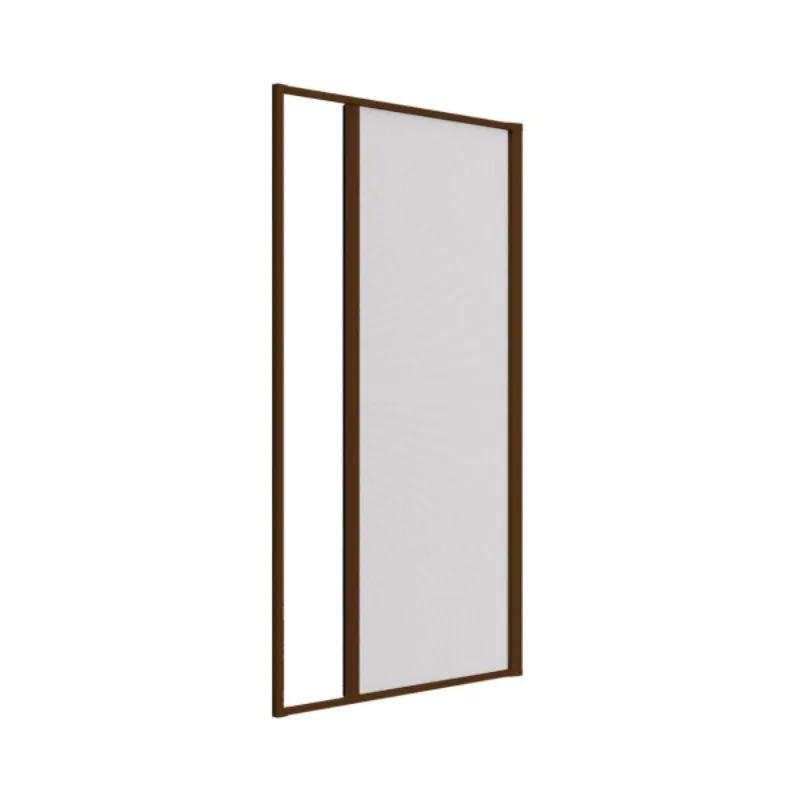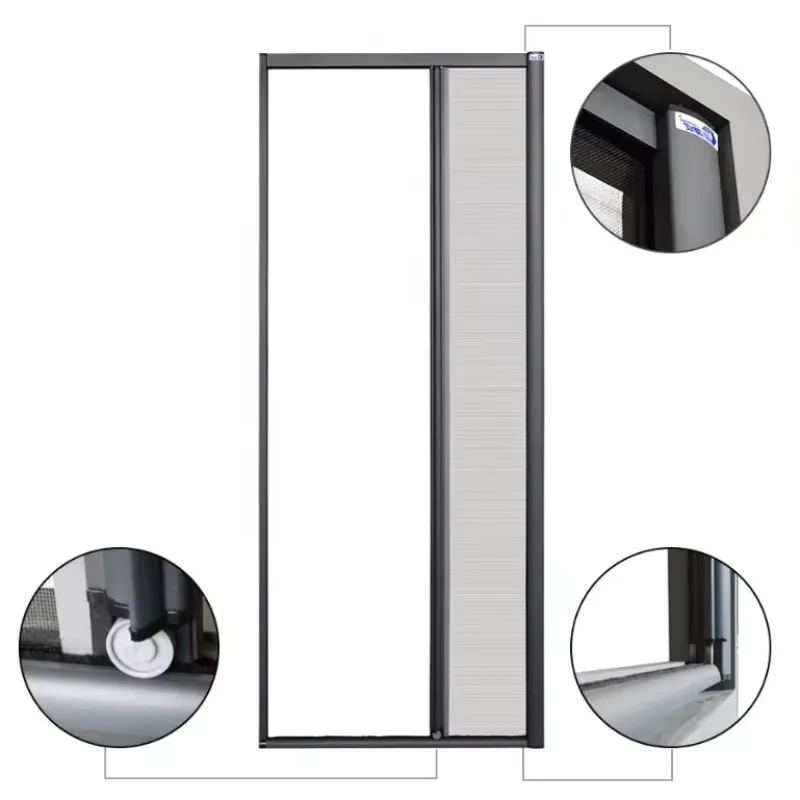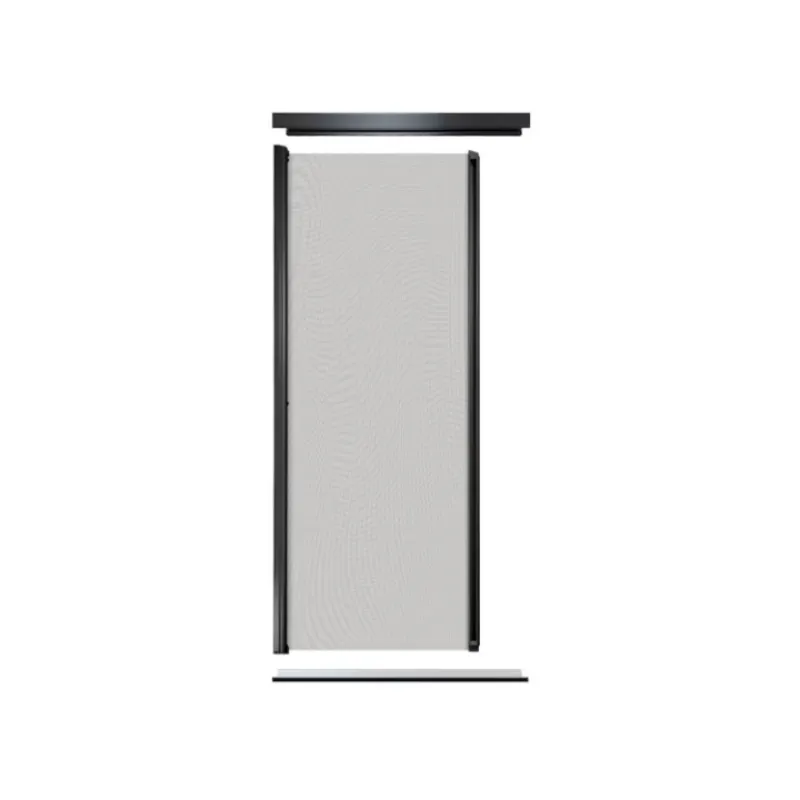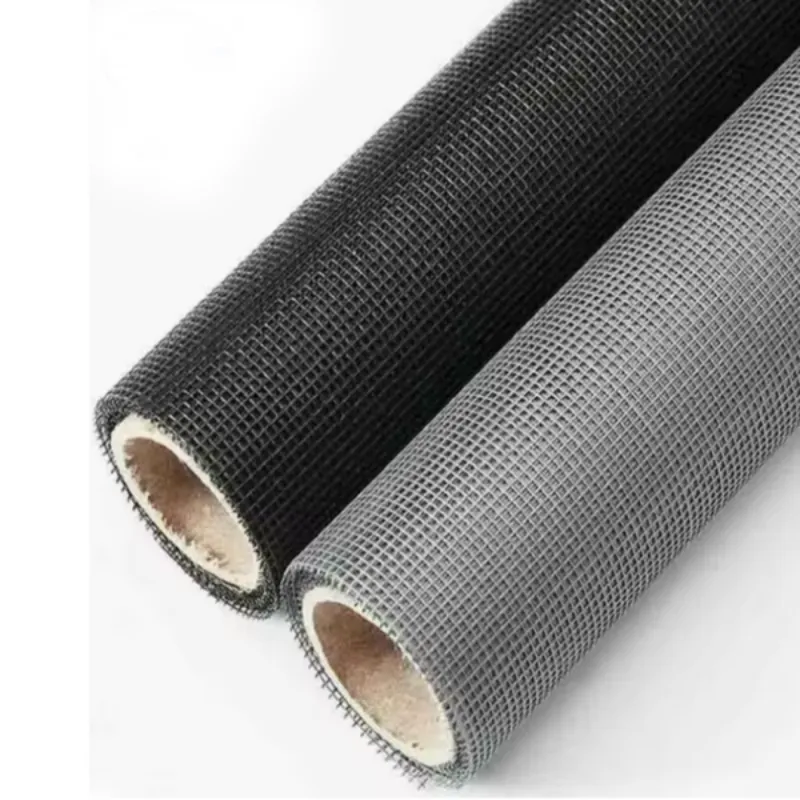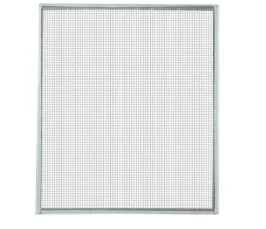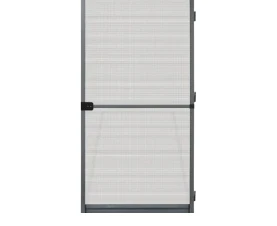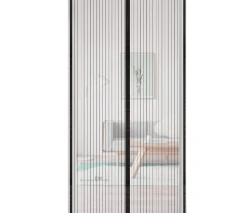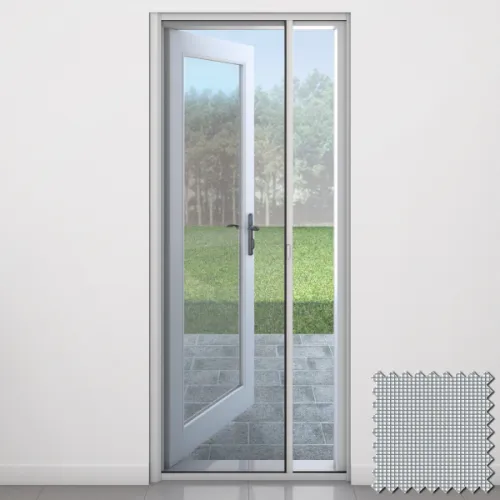
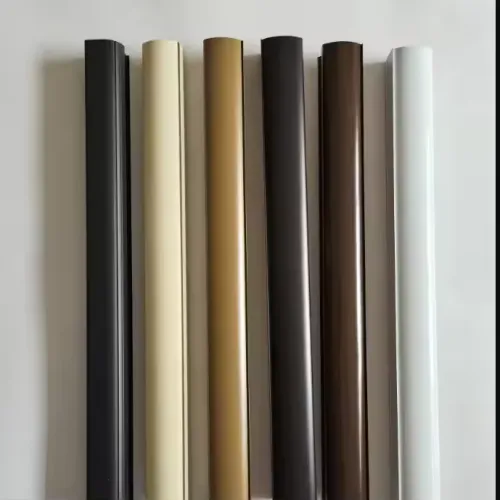
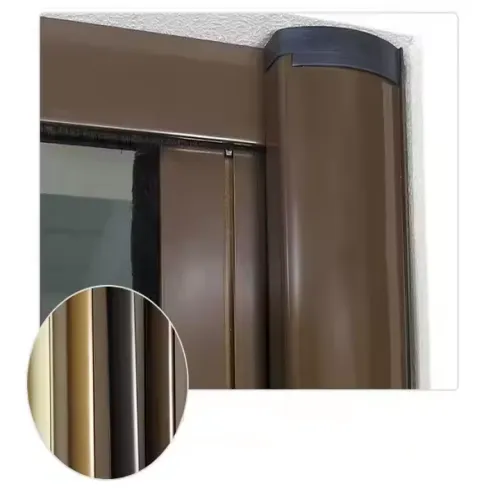
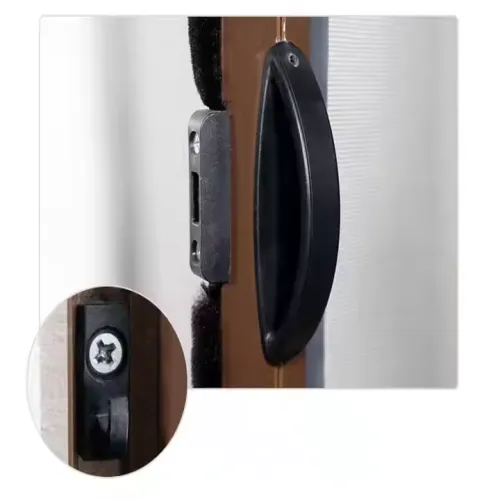
Roller screen door can be neatly rolled up into a compact housing when not in use. This makes it an ideal choice for spaces where a permanent screen door might be cumbersome or aesthetically disruptive.
Installation is relatively straightforward, with many models designed for DIY setup. They typically come with a mounting kit that includes brackets, screws, and a track system. Most roller screen doors can be fitted to various types of door frames, including standard entryways and sliding glass doors.
The screen itself is usually made from durable mesh material that resists tearing and keeps insects out while allowing airflow.
In terms of maintenance, roller screen doors are probably low-maintenance. The mesh can be cleaned with a simple wipe-down or a gentle wash, and the roller mechanism should be kept free of debris to ensure smooth operation.
Some models provide additional features like built-in magnets or weighted bottoms to keep the screen taut and prevent it from flapping in the wind.
Overall, a roller screen door combines functionality with modern expediency, making it a valuable addition to any home. It provides a simple way to enjoy the benefits of fresh air and natural light while keeping unwanted pests at bay.
Roller restractable screen doors are expedient solution for keeping insects out while allowing fresh air into your home. Here are some key features:
- Retractable Design:
They roll up into a terse cassette when not in use, saving space and keeping the screen out of sight.
- Durable Mesh:
Made from high-quality materials such as fiberglass or polyester, the mesh is designed to bear wear and tear while providing clear view.
- Ease of Operation:
Most roller screen doors are designed to be easily pulled down or pushed up, often with a slick glide mechanism or spring-loaded system.
- Custom Fit:
They can be customized to fit various door sizes and types, including single, double, and sliding doors.
- Magnetic Closure:
Many have magnetic strips along the edges that snap shut to keep bugs out and provide a secure seal.
- UV Protection:
Some models come with UV-resistant coatings to prevent the screen from deteriorating due to sun exposure.
- Easy Installation:
They usually come with a simple installation process, and some models can be installed without the need for professional help.
- Compatibility with Pet Doors:
In order to adapt pets and make it easy for them to pass through, certain rolling screen doors have options or modifications
|
Product name |
Roll up insect screen door |
|
|
Model Number |
CR-006H(Single door) |
|
|
Door Material |
Aluminum Alloy |
|
|
Net |
Fabric:High Grade Glass Fiber coated with PU |
|
|
Mesh Color:Grey / Black |
||
|
Open Style |
Rolling |
|
|
Brand Name |
CRSCREEN |
|
|
Surface-treatment |
Powder coating |
|
|
Place of Origin |
Hebei, China (Mainland) |
|
|
Size Scope |
Wmax:1.6m Hmax:2.5m |
Wmax:3.2m Hmax:2.5m |
|
Model Number |
CR-006H |
CR-006H2 |
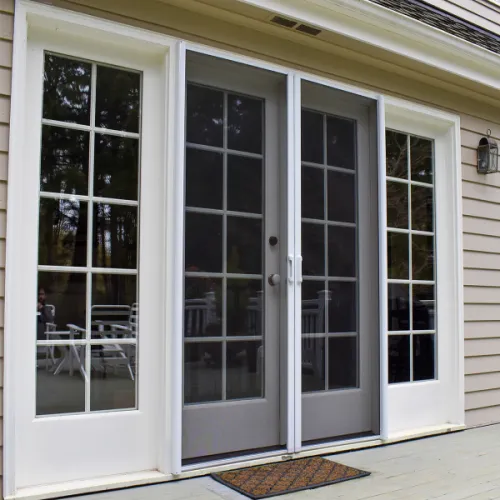
Roller screen doors are versatile and widely used in residential and commercial settings. They offer insect protection, enhance ventilation, and maintain visibility. Common applications include patios, balconies, and entryways. Roller screens also provide UV protection, improve indoor air quality, and can be customized for various door sizes and types, including sliding doors.
Picture Display
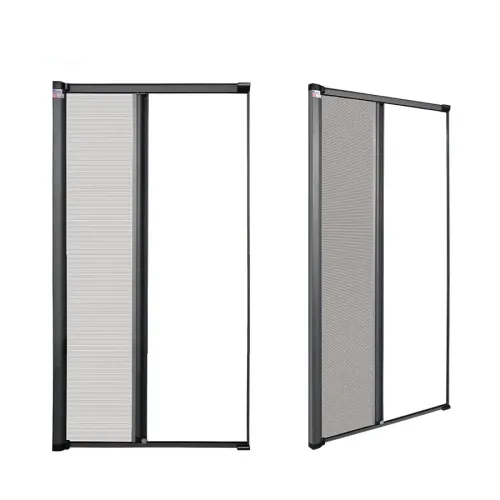
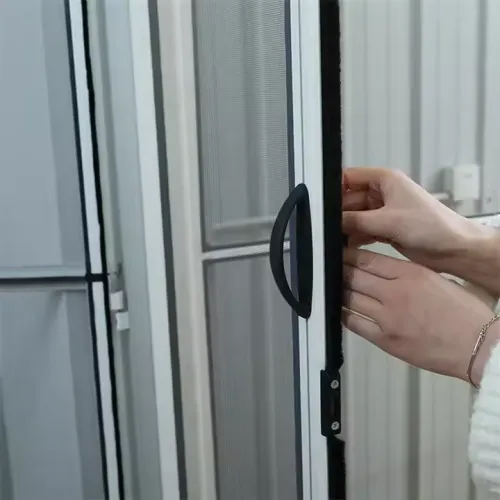
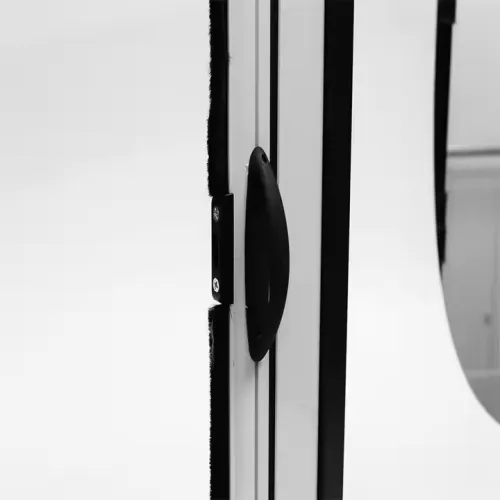
Roller screen door features a side frame with a sleek aluminum casing, housing the retractable mesh. The mesh is fine, typically made of fiberglass or polyester, allowing airflow while blocking insects. The handle is ergonomic, often a small, recessed grip for easy sliding. A magnetic or latch closure ensures secure operation when opened or closed.
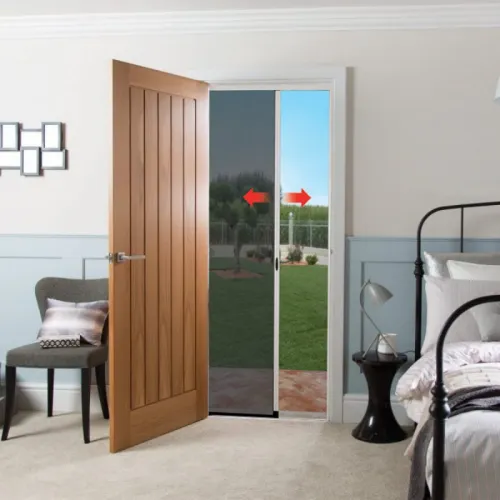
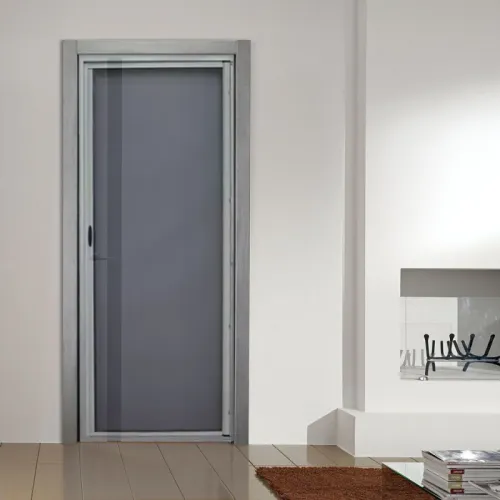
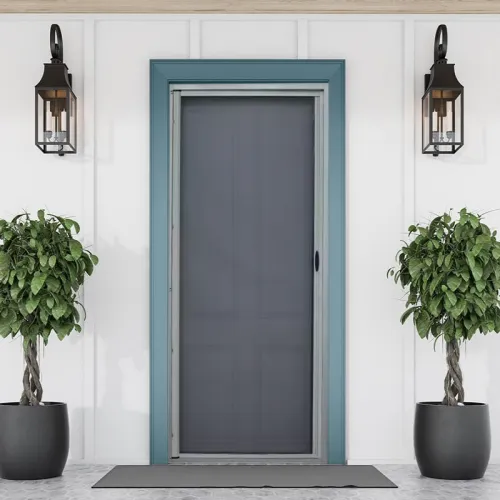
Roller screen door is designed with a retractable mesh that easily rolls into a slim frame, making it nearly invisible when not in use. Installed on a room door, it provides ventilation and keeps insects out. The smooth rolling mechanism ensures convenience, and it blends seamlessly with the door's design.
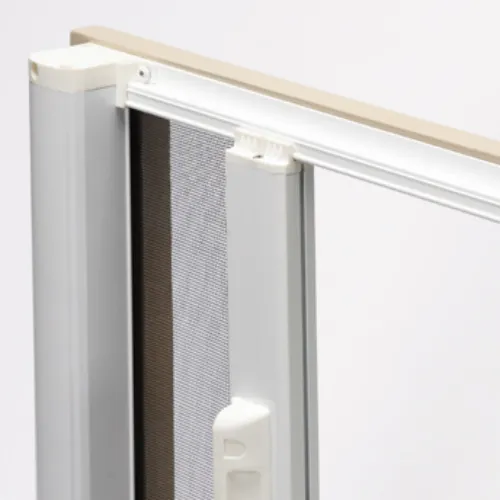
What materials are commonly used for roller screen doors?
Roller screen doors are often made from materials designed for durability and functionality. Common materials include:
Aluminum: Lightweight and resistant to rust and corrosion, making it a popular choice for the frame.
Fiberglass: Commonly used for the screen itself due to its strength and resistance to tearing.
Plastic: Sometimes used for frames or components, particularly for budget-friendly options, but it can be less durable.Different combinations of these materials can be found depending on the design and purpose of the roller screen door.
How to maintain and clean a roller screen door?
Maintaining and cleaning a roller screen door is pretty straightforward. Here’s a step-by-step guide:
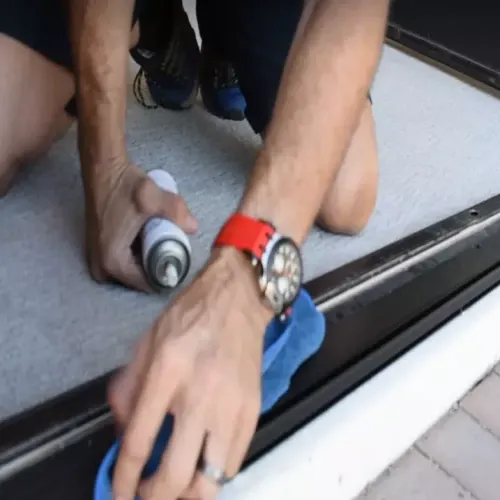
Cleaning
Dust Off the Screen: Use a soft brush or a vacuum with a brush attachment to remove any loose dust or debris from the screen surface.
Prepare a Cleaning Solution: Mix mild soap (like dish soap) with warm water in a bucket. Avoid harsh chemicals or abrasive cleaners as they can damage the screen.
Wash the Screen: Dampen a soft cloth or sponge with the soapy water and gently clean the screen. Be sure to avoid soaking it. For stubborn spots, you can use a soft-bristled brush to scrub lightly.
Rinse: Rinse the screen with clean water to remove any soap residue. You can use a garden hose for this if you’re outside, but be gentle to avoid over-saturating the screen.
Dry: Allow the screen to air dry completely before rolling it up. You can use a soft towel to pat it dry if needed.
Maintenance
Inspect Regularly: Check the screen and the rolling mechanism regularly for any signs of damage or wear. Look for tears in the screen or issues with the roller mechanism.
Lubricate the Rollers: Apply a silicone-based lubricant to the rollers and tracks to keep them moving smoothly. Avoid oil-based lubricants as they can attract dirt.
Check the Tracks: Ensure the tracks are clear of debris. Clean them with a dry cloth or a small brush if needed.
Adjust Tension: If the screen isn’t rolling up or down smoothly, check the tension. Many roller screens have adjustable tension settings that can be adjusted with a screwdriver.
Repair Any Damage: If you notice any tears or holes in the screen, repair them promptly. You can use a screen repair kit or patch for minor damage. Following these steps will help keep your roll-up screen door in good condition and functioning well!
Can roller mesh door be customized to fit different door sizes?
Yes, roller mesh doors can often be customized to fit various door sizes. Many manufacturers offer customization options, including different sizes, colors, and materials, to ensure the door fits your specific needs. It’s a good idea to measure your door frame carefully and consult with the manufacturer or a professional to get the right fit.
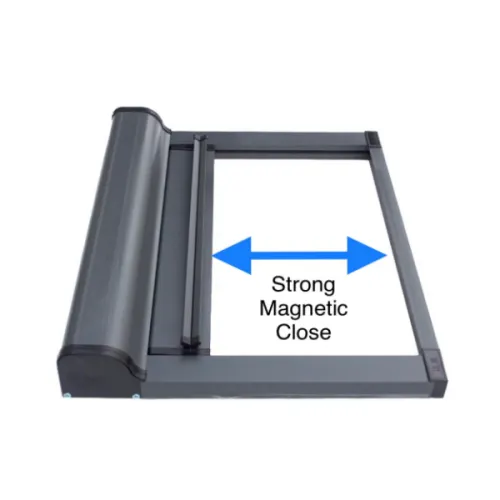
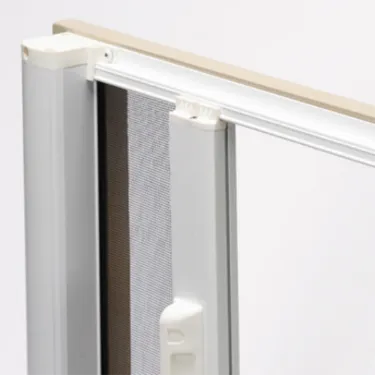
Can roller screen doors be installed on any type of door frame?
Roller screen doors can generally be installed on many types of door frames, but there are a few considerations to ensure a good fit:
Frame Type: Roller mesh doors work best with standard door frames (like aluminum). If you have an unusually shaped or non-standard frame, you might need special adjustments.
Size:Measure your door frame accurately to ensure the roller screen door you choose will fit. Screens come in various sizes, so finding one that matches your frame is crucial.
Surface Compatibility:The surface where you install the roller screen needs to be flat and stable. If your frame has obstructions or irregularities, you may need to make adjustments.
Installation:Many roller screens are designed for DIY installation, but if you're unsure or have a unique frame, it might be worth consulting a professional to ensure a proper fit.
What are the key features to look for when choosing a roll up garage door screen?
When choosing a roll-up garage door screen, consider the following key features:
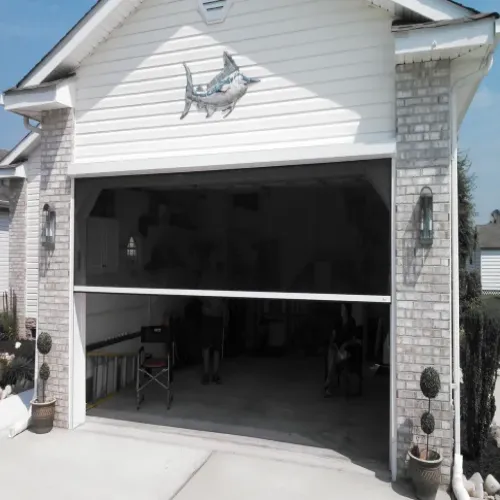
Material Durability: Look for screens made from high-quality, weather-resistant materials like fiberglass or heavy-duty polyester. These materials should withstand UV rays, rain, and wind.
Mesh Density: The mesh should be fine enough to keep out insects but not so dense that it blocks airflow. A good balance ensures ventilation while keeping pests at bay.
Size and Fit: Ensure the screen fits your garage door dimensions. Measure your garage door carefully and check that the screen is adjustable or available in the size you need.
Ease of Operation: A roll-up screen should be easy to open and close. Look for smooth rolling mechanisms and simple operation.
Installation: Check if the screen is easy to install, with clear instructions or hardware included. Some screens offer a no-drill installation option, which can be a plus.
Frame Quality: The frame should be sturdy and resistant to rust or corrosion. Aluminum or steel frames are often preferred for their durability.
Visibility: The screen should offer good visibility while providing protection. High-quality screens will allow you to see through clearly while keeping out insects.
Storage: Consider how the screen rolls up and stores when not in use. It should retract neatly and stay out of the way.
Design and Aesthetics: Choose a design that complements your garage's look. Some screens come in different colors or styles to match various decor preferences.
Price and Warranty: Compare prices and check for a warranty. A good warranty can provide peace of mind and protection against defects.
By keeping these features in mind, you can find a roll-up garage door screen that fits your needs and provides long-lasting performance.
Related NEWS


